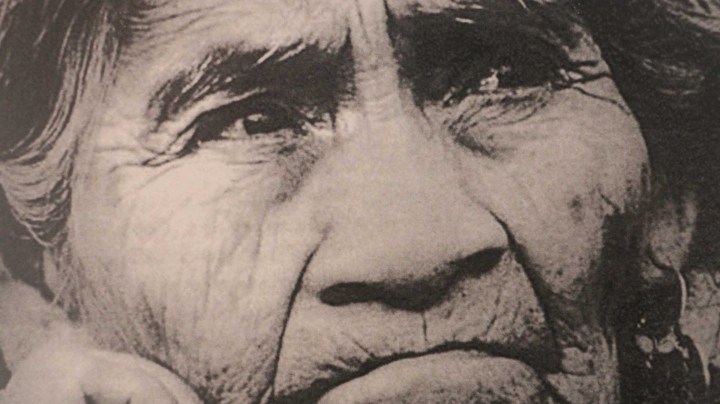Meet María Sabina, the Oaxacan Curandera Who Brought Magic Mushrooms to ’60s Counterculture

We’ve all known a hippie mystic. A staple of American youth culture for half a century, they abound across the nation’s college campuses and public parks, identifiable by their unkempt appearance and elaborate philosophies about the spiritual benefits of mushrooms and other hallucinogenic substances. But before icons of mind-expanding 60s psychedelia like Timothy Leary and Ram Dass brought us the blueprint for a new cultural archetype, magic mushrooms were actually “niños santos”: the stuff of sacred healing rituals in the Mazateca communities of northern Oaxaca.
In fact, the countercultural mushroom craze all started with a humble Mazateca curandera from Huatla de Jiménez by the name of María Sabina, who had guided ailing patients through healing rituals called veladas since her childhood, and earned something of a reputation around her community. But it wasn’t until an amateur mushroom enthusiast and bank executive named R. Gordon Wasson tracked her down that María Sabina became something like a global psychedelic superstar and inadvertently sparked a cultural revolution that reverberates to this day.
A passionate student of ethnomycology, Wasson was drawn to Mexico after learning of Spanish codexes that spoke of Aztec mushroom rituals. After several trips, he finally made his way to Huatla de Jiménez, where a local community leader introduced him to María Sabina. Initially reluctant to perform the ritual on someone who wasn’t technically sick, María Sabina eventually acquiesced and performed the velada to the curious interloper, who ended up returning eight more times with support from everyone from Life Magazine to the CIA (who experimented with mushrooms as part of their infamous mind-control program, MK Ultra.)
And unsurprisingly, after Life published a detailed profile of the curandera, Huatla de Jiménez quickly became a tourist destination for adventurous young mystics seeking an authentic velada – many of whom abused the ceremony as a temporary thrill rather than respecting the ancient wisdom behind the ritual. In the end, María Sabina was shunned by her community for commercializing their traditions and claimed the niños santos lost their power after so much misuse. She died in poverty in 1985, at 91 years old, but not before tending to the likes of Bob Dylan and John Lennon.

So next time you’re tempted to take a mouthful of psilocybin and trip balls with your homies, take a moment and ask yourself if you’re really doing the ancestors justice.
H/T Timeline